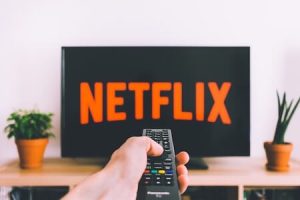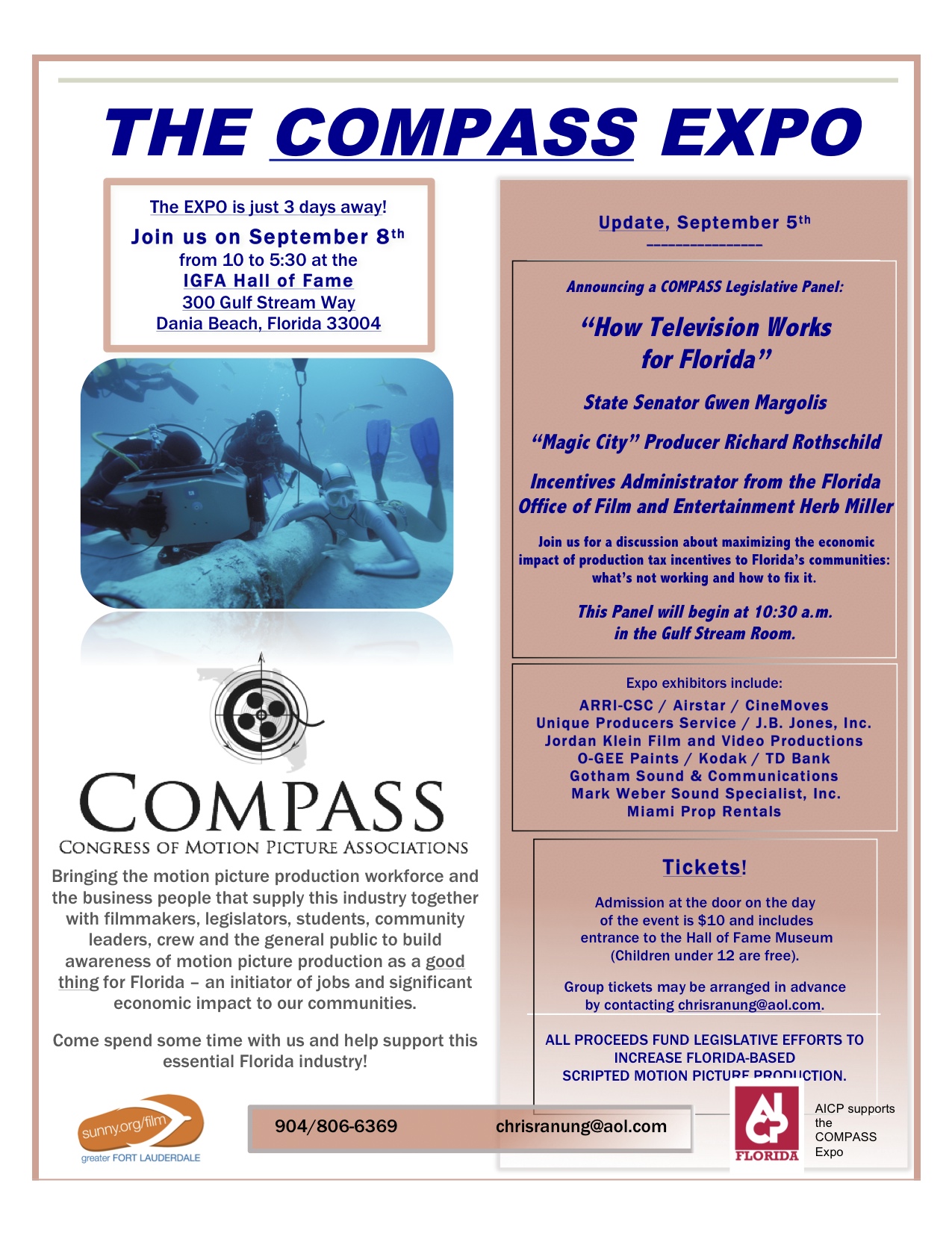Challenges Facing Independent Filmmakers
Independent is the only true form of art; nobody doubts of an independent ballerina, writer, or sculptor, but when it comes to an independent film studio, the concept of independence seems to be unusual. To be independent in the film industry you need to be free from something, commonly the matrix of companies that dominate the production and distribution of film production in America. Most of the productions are made in Hollywood, a multi-million dollar business; and anyone who produces a film outside of this exclusive factory has to call itself “independent” to be distinguished from the suit; however, as long as a film is screened in commercial theaters, or aired on pay or network TV, “independent” is a relative term.
It is not a secret for anybody that film industry is not as healthy and successful as it used to be. Hollywood is certainly thriving, and the future of the industry is bounded to the success of independent filmmaking, where the majority of personnel of Hollywood got their start. Unfortunately, independent filmmakers face several challenges, most of them have existed for decades, while others have recently appeared due to new technologies in the industry. The best way to face these challenges is by taking advantage of them, in order to use the weaknesses in our favor, though it might seem to be absurd.
Challenges Facing Independent Filmmakers:
Money and Financing
The majority of independent producers will agree that the most difficult task is raising money to pay for the production. The truth is that raising money is the key to any independent film, regardless of the position, experience, and past credits of the people involved. To choose the method that will fit  better with the production is important to consider factors such as the type and subject of the film and the experience behind the cast and crew involved in the project. It is common to use crowdfunding platforms to raise money or to secure increasingly elusive government grants for short films. In fact, “the most beneficial situation for the filmmaker would be to receive 100% of the film costs from an equity sale in exchange for substantially less than 100% of the income” in a range of 25-50% according to “The Independent Filmmaker’s Law and Business Guide: Financing, Shooting, and Distributing Independent and Digital Films”. Even though filmmaking should be commercially viable without the need for public funding, is important to remember that people or organizations invest in the films to make profits out of them; therefore film budgets need to stand the scrutiny of investors seeking cost-effective production, as well as a reasonable rate of return.
better with the production is important to consider factors such as the type and subject of the film and the experience behind the cast and crew involved in the project. It is common to use crowdfunding platforms to raise money or to secure increasingly elusive government grants for short films. In fact, “the most beneficial situation for the filmmaker would be to receive 100% of the film costs from an equity sale in exchange for substantially less than 100% of the income” in a range of 25-50% according to “The Independent Filmmaker’s Law and Business Guide: Financing, Shooting, and Distributing Independent and Digital Films”. Even though filmmaking should be commercially viable without the need for public funding, is important to remember that people or organizations invest in the films to make profits out of them; therefore film budgets need to stand the scrutiny of investors seeking cost-effective production, as well as a reasonable rate of return.
Digital Revolution
Digital revolution has transformed the film industry, including production, editing, post-production, marketing, and distribution processes. These technological innovations have forced film studios, rather independent or not, to respond to the popularity of the internet and the success of new digital platforms guided by a potential for profit. In fact, the widespread use of digital media technologies has resulted in considerable cost reductions, which have helped create more product than buyers.  Additionally, the affordability of making films on digital media has increased competition. Several filmmakers fear bankruptcy; however, the challenge to filmmakers is to make unique genre-specific movies using digital technology. The genre is the only way that a film buyer and the marketing manager of a distribution company can quickly visualize the movie poster, trailer, and marketing campaign. The industry is changing into a more consumer-centric one, nowadays consumers can enjoy podcasts, web shows, and can access them by downloading or streaming the product. It is important to focus on the benefits that the digital revolution has brought such as worldwide distribution and instant access to the final product.
Additionally, the affordability of making films on digital media has increased competition. Several filmmakers fear bankruptcy; however, the challenge to filmmakers is to make unique genre-specific movies using digital technology. The genre is the only way that a film buyer and the marketing manager of a distribution company can quickly visualize the movie poster, trailer, and marketing campaign. The industry is changing into a more consumer-centric one, nowadays consumers can enjoy podcasts, web shows, and can access them by downloading or streaming the product. It is important to focus on the benefits that the digital revolution has brought such as worldwide distribution and instant access to the final product.
Decline of Innovative Storytelling
Nowadays is more frequent to see sequels and remakes of stories we loved instead of new stories to enjoy. It seems like the industry has reached a point of fatigue in which lack of ideas is the common denominator, resulting in low expectations among audiences;  additionally, the gaming industry, which breeds on digital technology, has been influencing storytelling in the film industry. In fact, the incorporation of gaming techniques in terms of storytelling and visualization will make movies stronger; it is mandatory for independent film studios to focus their efforts on unique storytelling, these new ideas will stand out more than they have in the past.
additionally, the gaming industry, which breeds on digital technology, has been influencing storytelling in the film industry. In fact, the incorporation of gaming techniques in terms of storytelling and visualization will make movies stronger; it is mandatory for independent film studios to focus their efforts on unique storytelling, these new ideas will stand out more than they have in the past.
Creative Control
In Hollywood, everybody has a specific role to accomplish, and there is a budget for that, but in the independent filmmaking industry is common to have limited resources. A low budget makes people assume multiple roles in order for a film to be produced at the lowest cost possible, as director Benjamin Dickinson said: The biggest challenge that I had making the film was just that I was wearing too many hats. This de-emphasis on specialization means individuals are less likely to develop the specialized skills that Hollywood and large film agencies demand. Ultimately, it is a hit or a miss, depending on the director’s ability to wear multiple hats.
A low budget makes people assume multiple roles in order for a film to be produced at the lowest cost possible, as director Benjamin Dickinson said: The biggest challenge that I had making the film was just that I was wearing too many hats. This de-emphasis on specialization means individuals are less likely to develop the specialized skills that Hollywood and large film agencies demand. Ultimately, it is a hit or a miss, depending on the director’s ability to wear multiple hats.
Essentiality of Social Media
Social media is becoming an essential part of a film’s package, that is why it is necessary to adopt a robust social media strategy in order to evaluate what is making an impact.  Nowadays, we have more access to data than ever before that can help filmmakers to understand the audience they are trying to reach, and create not only awareness but stronger loyalty and engagement for the long term; unfortunately, filmmakers are not collecting and analyzing efficiently their data. As an example, ‘Paranormal Activity’ may have cost a mere $15,000 to make. What Paramount bought was not the film, but the social media strategy that the filmmaker Orin Pelli developed around his film.
Nowadays, we have more access to data than ever before that can help filmmakers to understand the audience they are trying to reach, and create not only awareness but stronger loyalty and engagement for the long term; unfortunately, filmmakers are not collecting and analyzing efficiently their data. As an example, ‘Paranormal Activity’ may have cost a mere $15,000 to make. What Paramount bought was not the film, but the social media strategy that the filmmaker Orin Pelli developed around his film.
Film Distribution
The traditional film distribution model has been working good for big budget films, but for many other mid-, small- and micro-budget films it is almost impossible to achieve the results desired. Additionally, independent filmmakers end up competing against each other for limited attention and fragmented audiences due to the fact that there are too many films being made. At a movie theater, independent films face several challenges more than a regular film. First, they need to put in the effort of distinguishing themselves from the other independent films that are opening at the same time. Secondly, they need to invest in identifying their audience efficient. And thirdly, they need to be worthy for the audience that will pay for the ticket. Independent filmmakers are beginning to explore Video On Demand (VOD) as a distribution method. Thus it allows filmmakers to reach larger audiences with relative ease, streaming services don’t provide nearly the same return as physical sales of DVDs; therefore, many independent filmmakers fear that this technology may lead them to go bankrupt if they are not able to attract the same volume as larger Hollywood films that garner millions of viewer. To overcome this issue, independent filmmakers often develop a hybrid distribution strategy that encompasses traditional releases with online distribution in platforms like Netflix and Amazon Prime.
audiences due to the fact that there are too many films being made. At a movie theater, independent films face several challenges more than a regular film. First, they need to put in the effort of distinguishing themselves from the other independent films that are opening at the same time. Secondly, they need to invest in identifying their audience efficient. And thirdly, they need to be worthy for the audience that will pay for the ticket. Independent filmmakers are beginning to explore Video On Demand (VOD) as a distribution method. Thus it allows filmmakers to reach larger audiences with relative ease, streaming services don’t provide nearly the same return as physical sales of DVDs; therefore, many independent filmmakers fear that this technology may lead them to go bankrupt if they are not able to attract the same volume as larger Hollywood films that garner millions of viewer. To overcome this issue, independent filmmakers often develop a hybrid distribution strategy that encompasses traditional releases with online distribution in platforms like Netflix and Amazon Prime.
Conclusion
The independent film industry is full of challenges as summarized in this article. Film studios normally face issues raising money to pay for the production, making unique genre-specific movies using digital technology, incorporating gaming techniques in terms of storytelling and visualization to make
movies stronger, assuming multiple roles in a film to reduce costs as much as possible, understanding the audience they are trying to reach, and distributing the final product through different channels. Although these are challenges that can be recognized easily, the solutions seem to be far away whether for the companies themselves or those public sector agencies which support the industry. Unfortunately, the structure and economics of independent film productions are not well suited to build sustainable companies which leads to a number of serious challenges that threaten to limit filmmakers’ creativity and push the industry even further into the shadows. It is important that the industry focuses on finding solutions to these pressing issues. As viewers, we just enjoy the final product without understanding all the challenges that filmmakers faced behind the scenes. We need to internalize that making a great movie goes above working extremely hard, and having luck; the truth is that it needs love, passion, commitment, and tons of patience, especially if we are talking about independent films.









